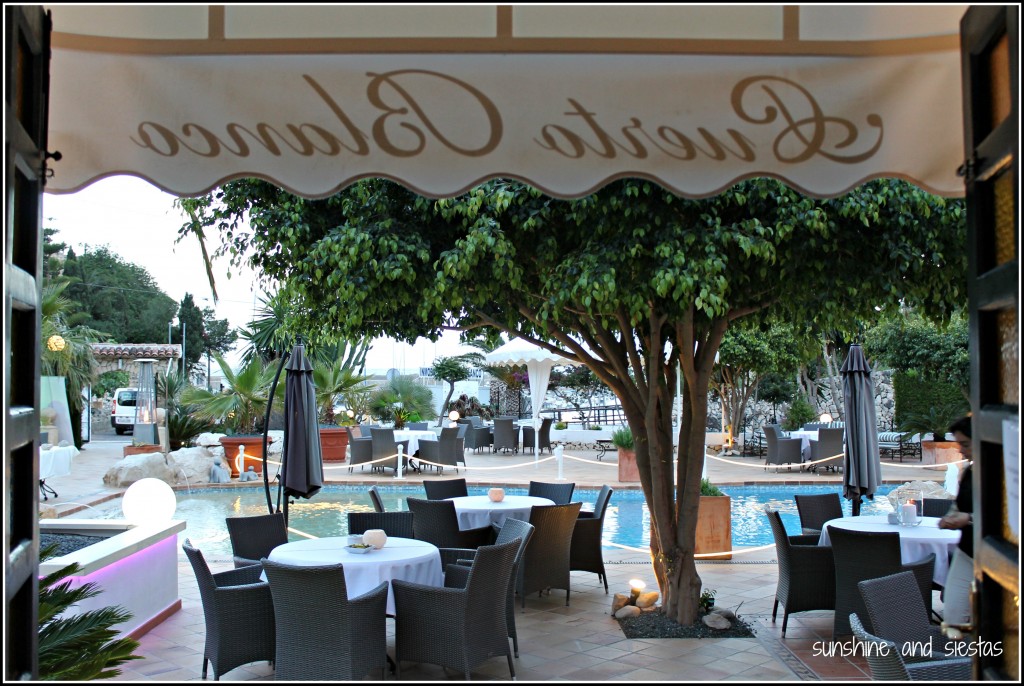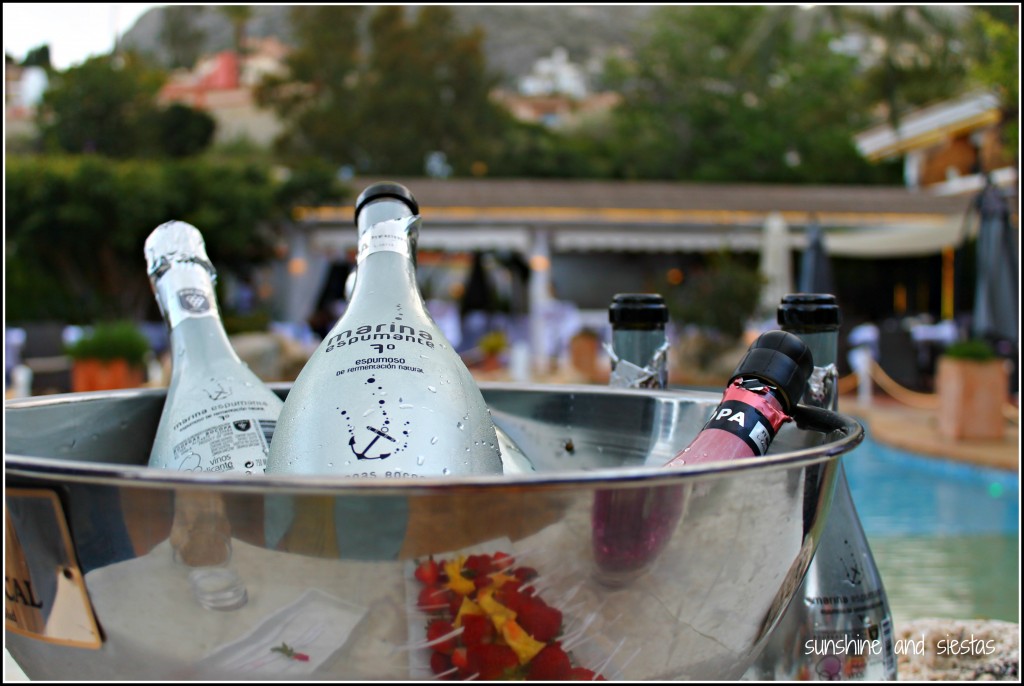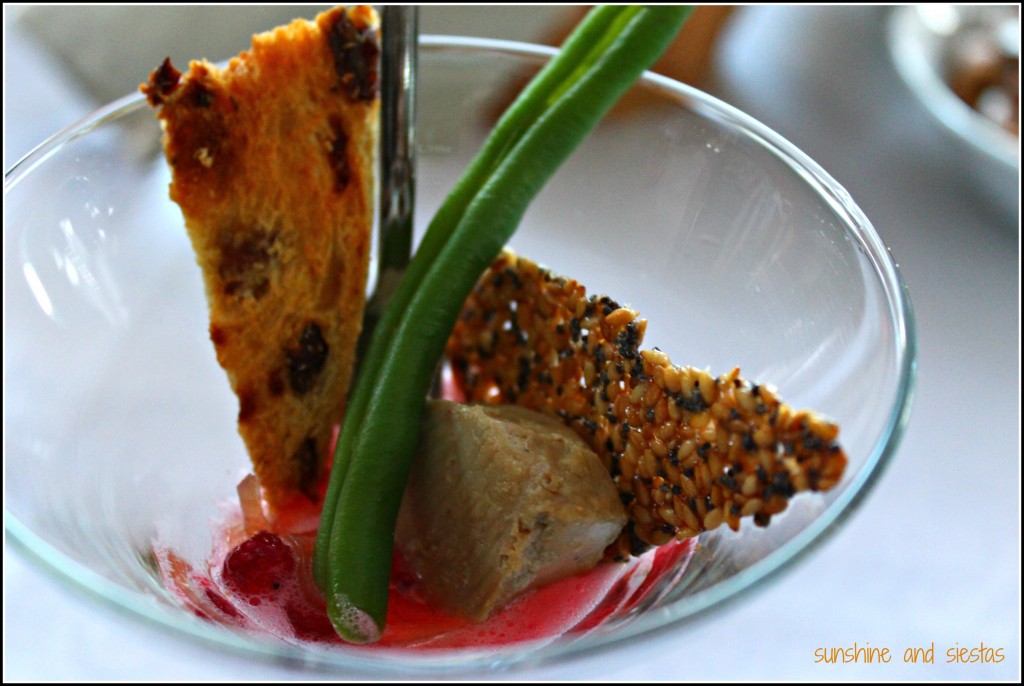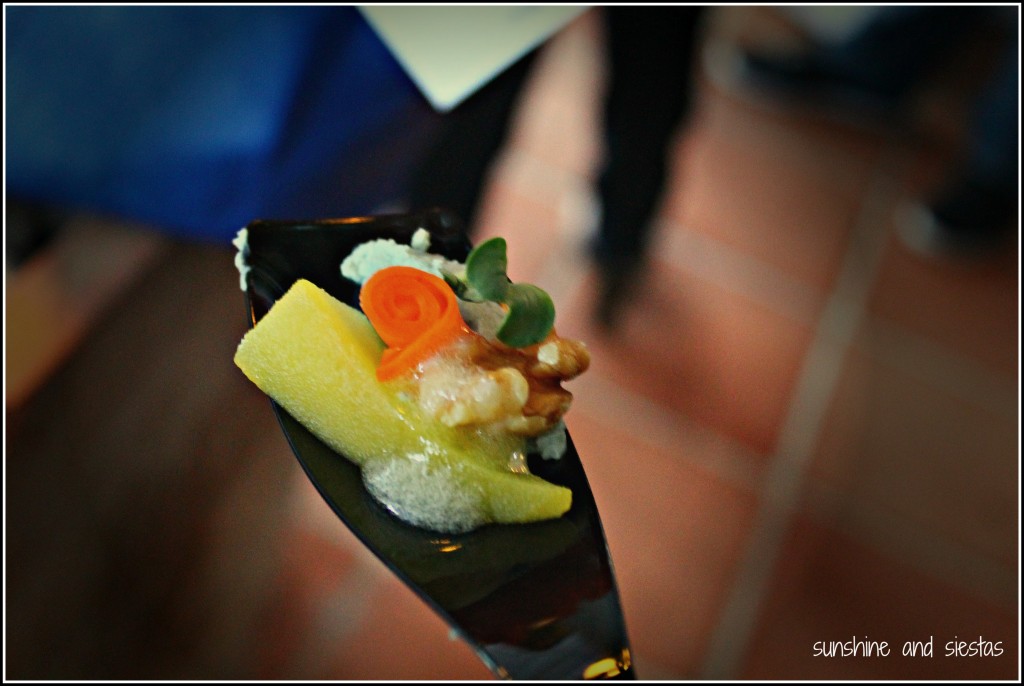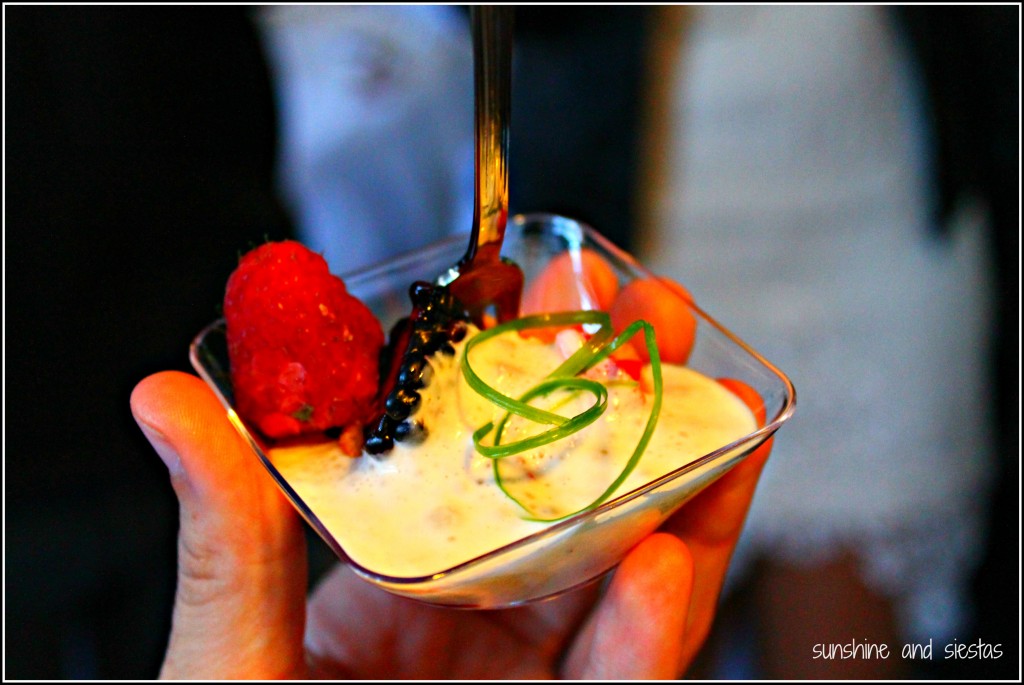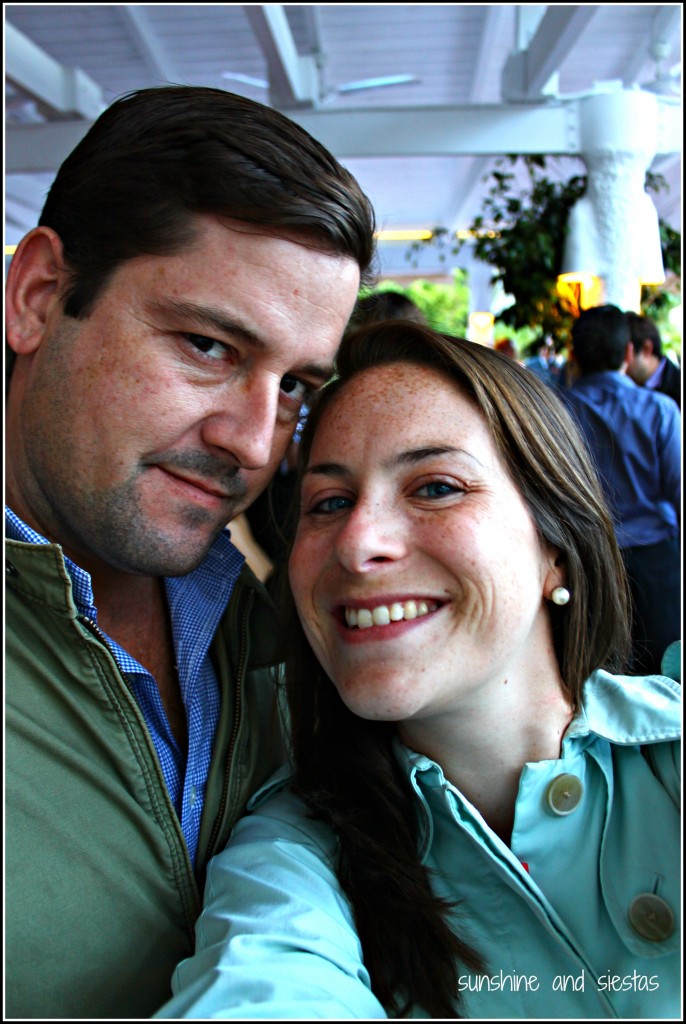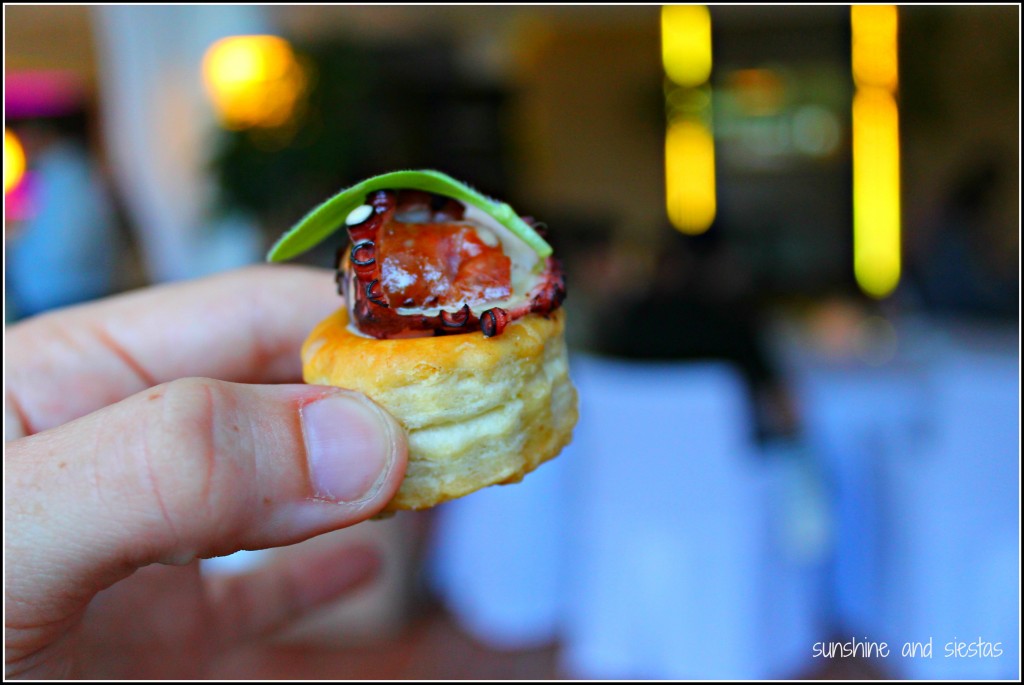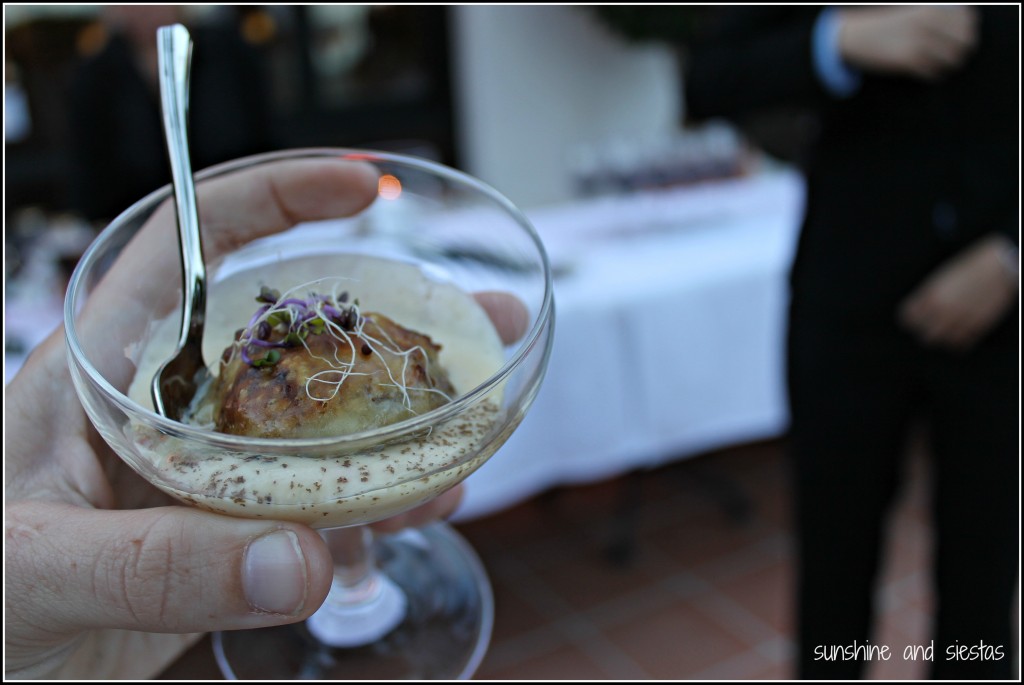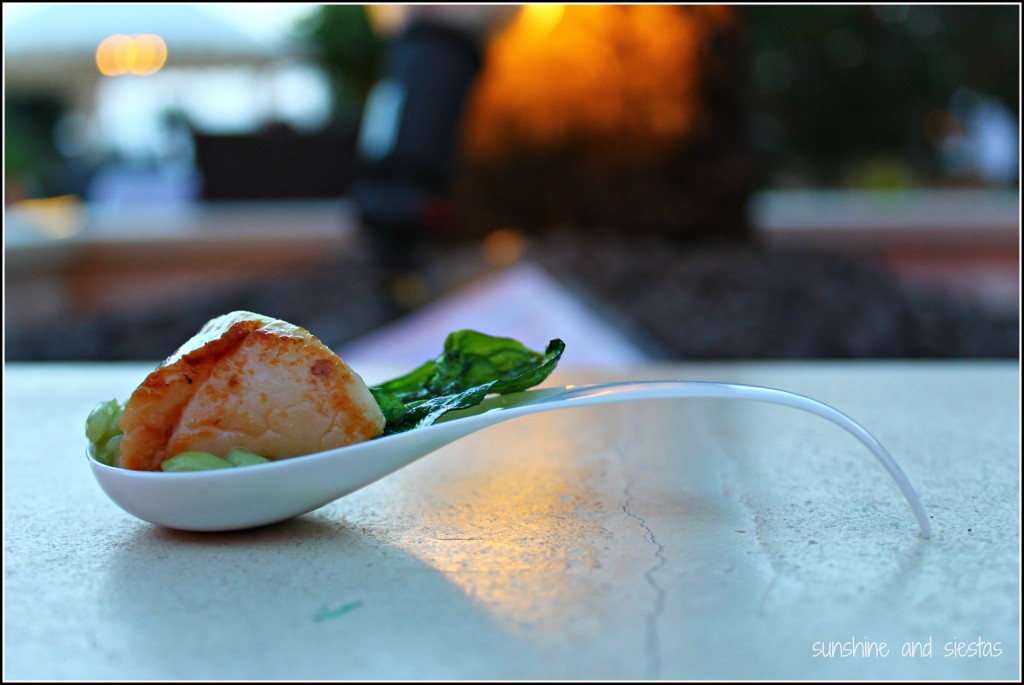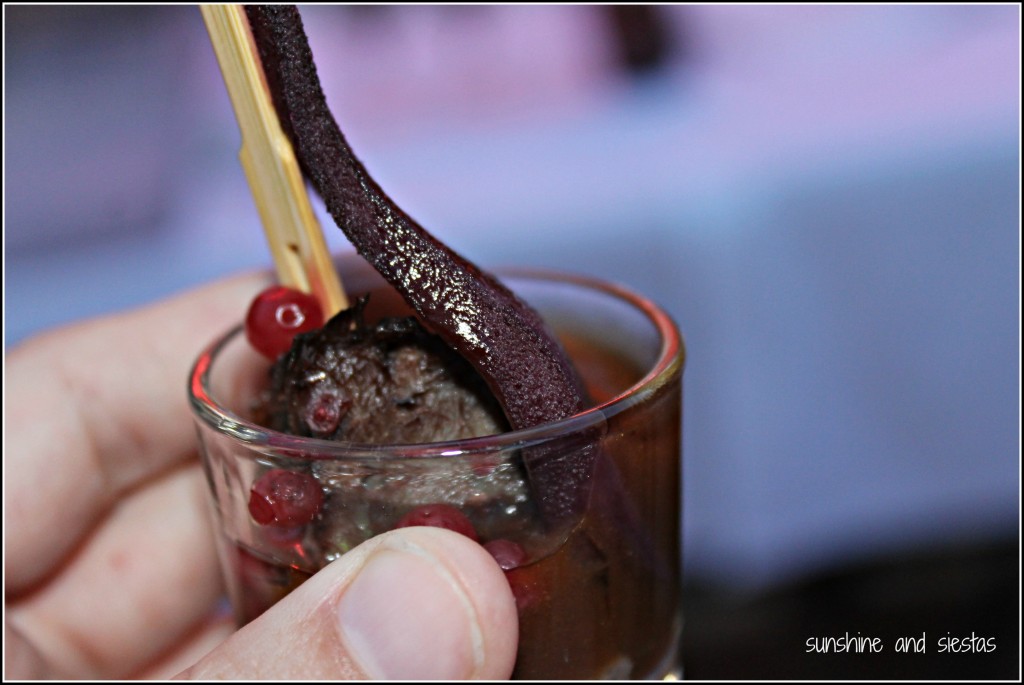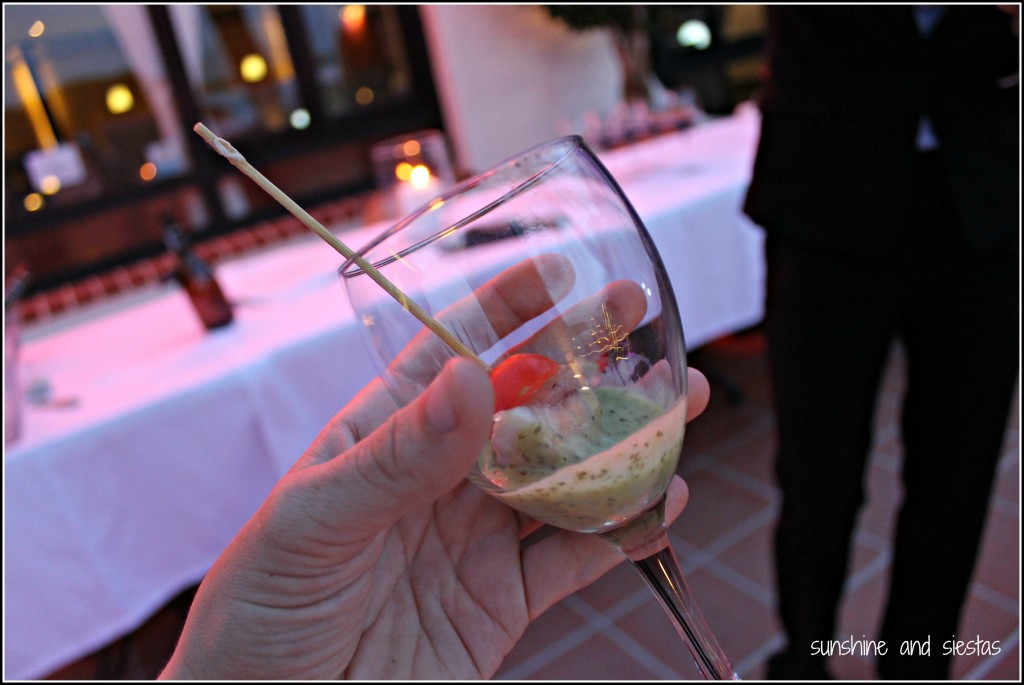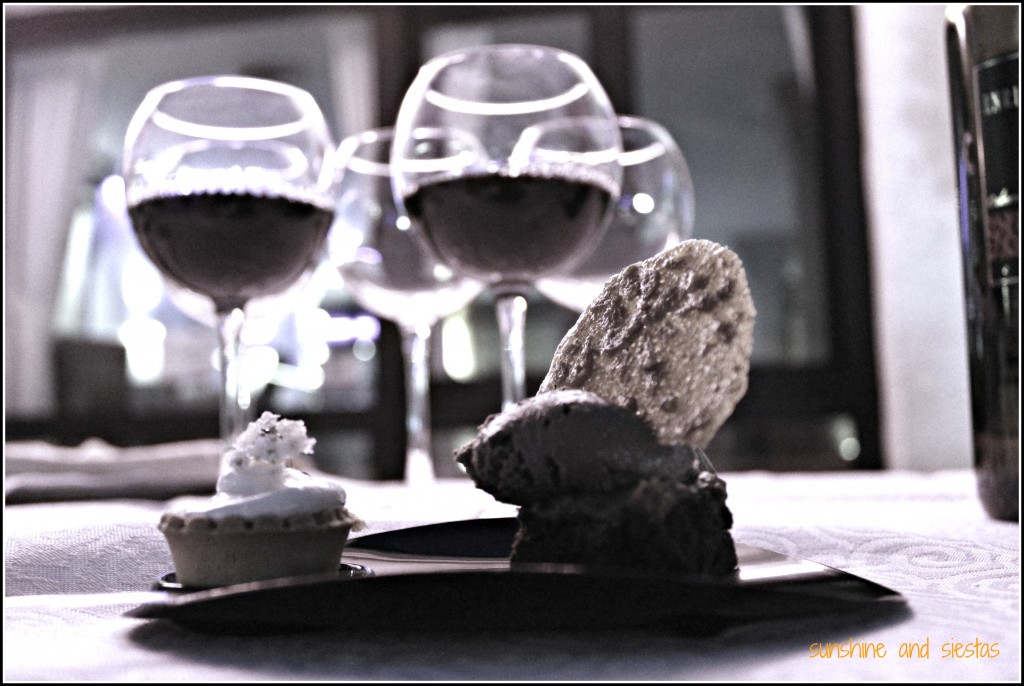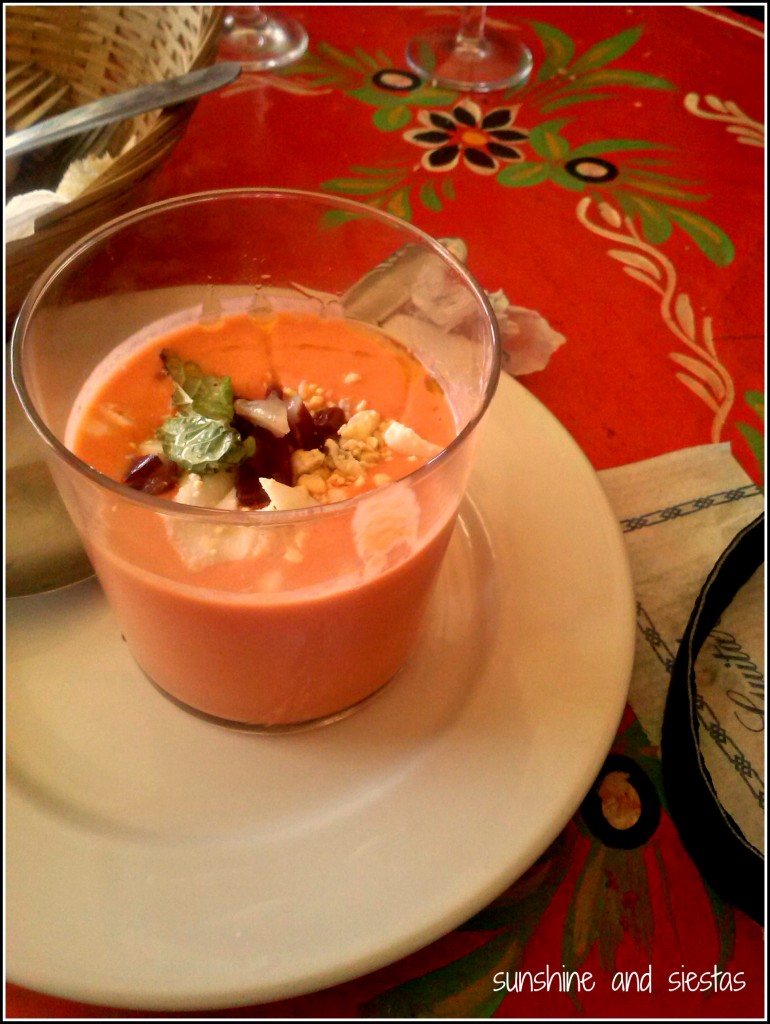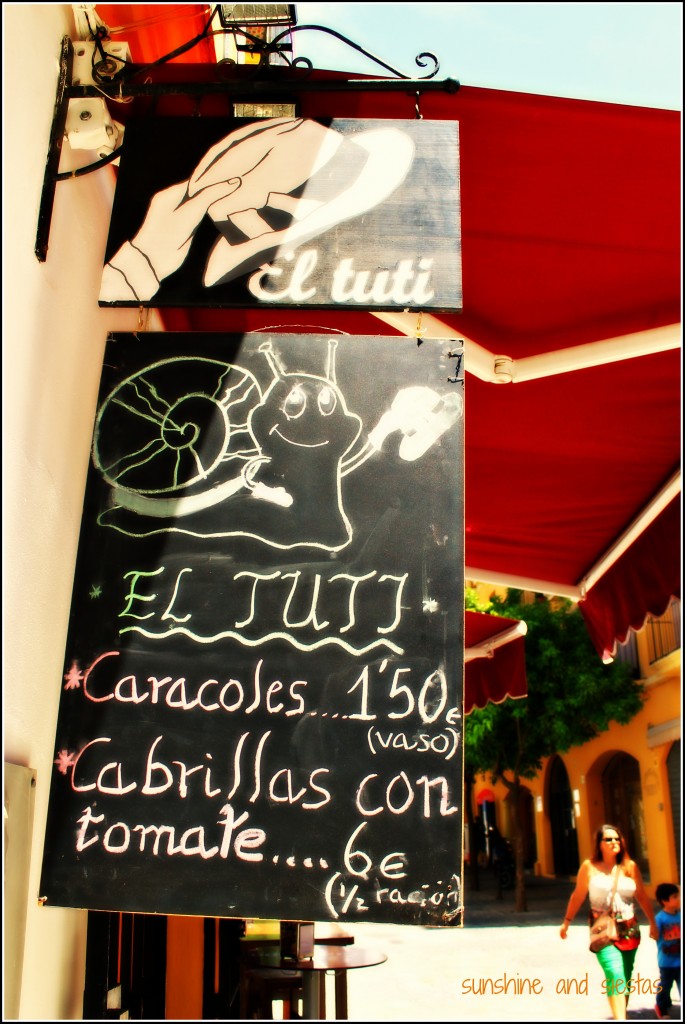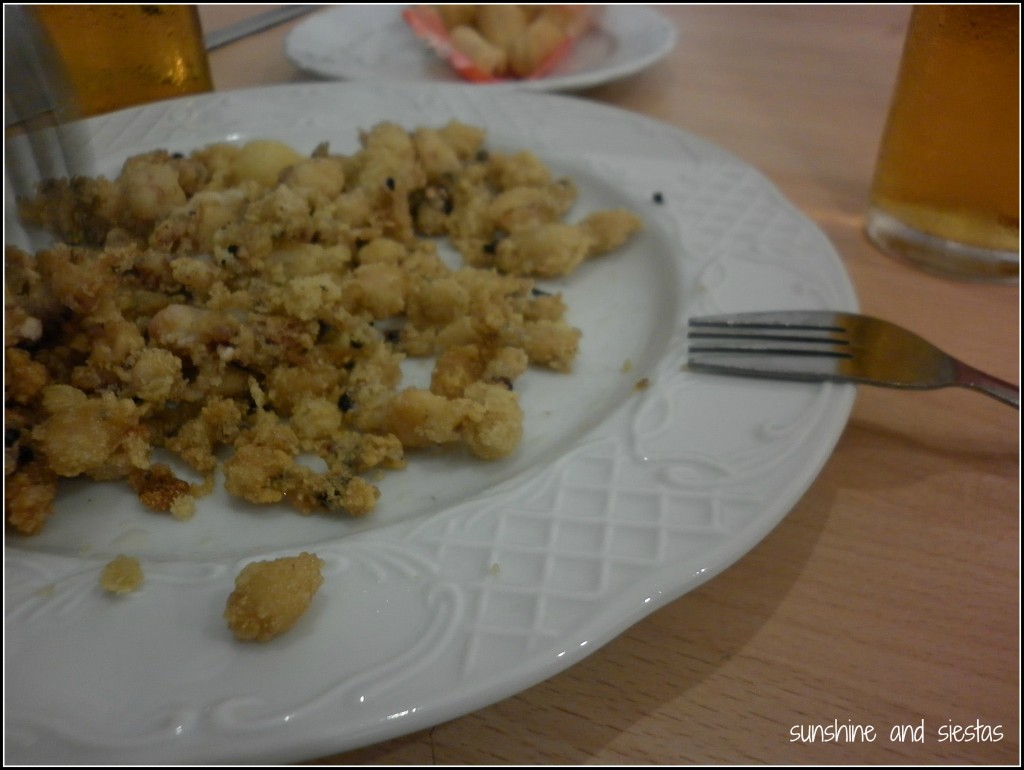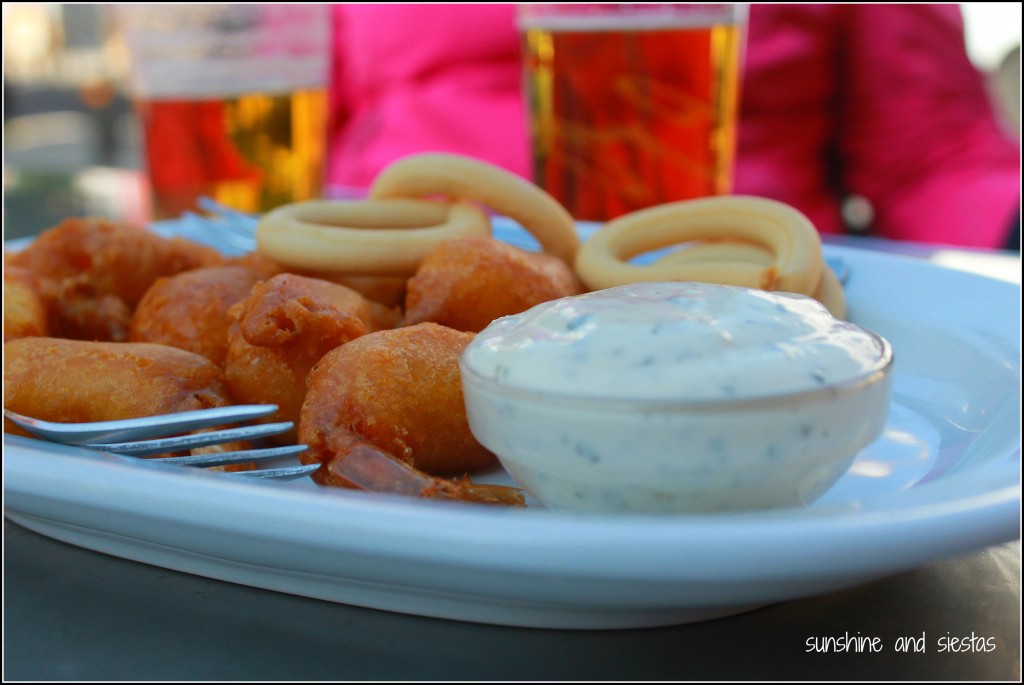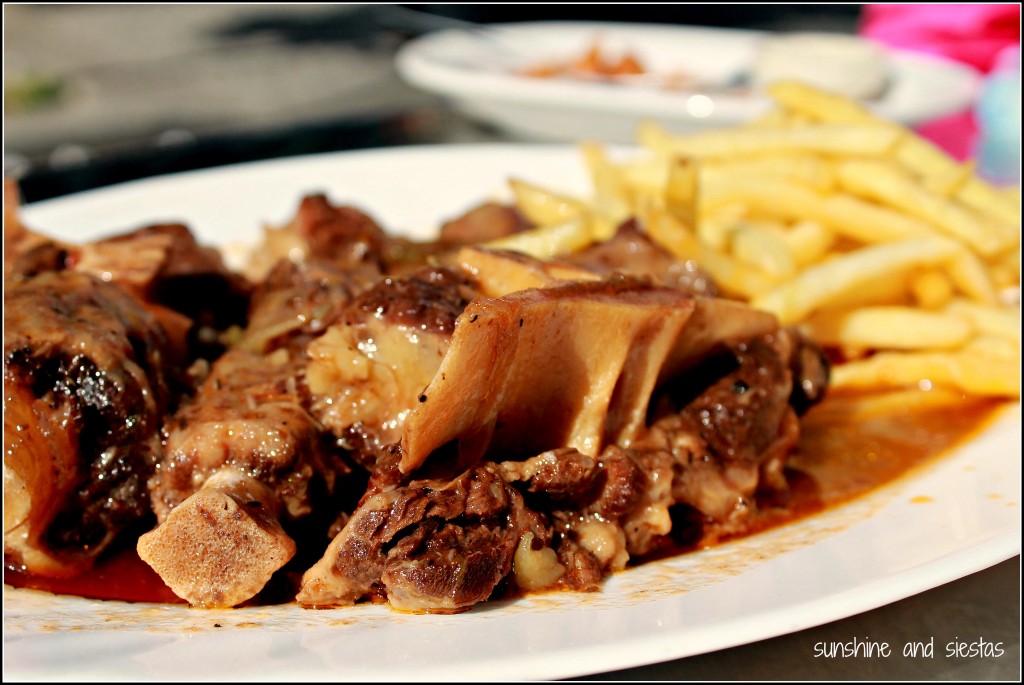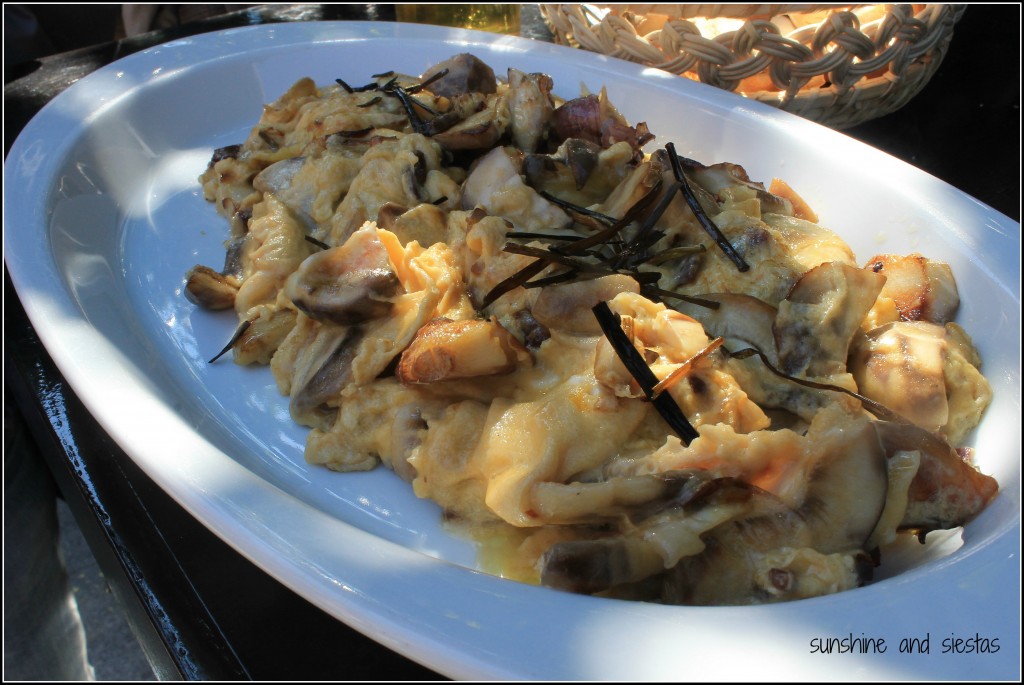The Novio does’t understand my “world.” He doesn’t understand why I’m a smartphone addict, why I take pictures of details, and why I spent my hard-earned cash (hard-earned on a slot machine in Vegas, that is!) on a DSLR, my trusty Camarón.
Then I dragged him along as my plus-one on a blog trip. During our weekend in Calpe as VIPs for #calpemocion, we ate, drank and made merry with 50 other digital media strategists, and the Novio finally understood why I love blogging and sharing my stories and photos with my readers.
During our welcome dinner at Restaurant El Puerto Blanco, one of Calpe’s most famous eateries, he even graciously held the bite-sized tapas we munched on while I shot them. Score.
Welcomed to Puerto Blanco by the team of Calpemoción, we had a champagne cocktail with fruit skewers while Mario Schumacher, the event organizer and master in experiences, greeted us. The mayor and tourism board of the fishing village-cum-tourist destination was on hand, too, and we had a few beers while they spoke.
The setting was idyllic: at the foot of a squat, albero-colored hotel (private bungalows can be reserved – but the waiting list is nearly a year!), a pristine dining room welcomes guests just right along Calpe’s lesser port, Puerto Blanco. Even though the night was cool for May, we spent out time on the terrace, complete with a pool and lounge chairs.
Mario presented executive chefs and husband and wife, Maria Grazia and Patrick Marguette, who would be serving us a menu full of Calpe’s flavors. We got to mingle and grab the tapas off trays to our heart’s content – I ate until I was completely stuffed, trying to find room for one more braised pork rib or another pinch of brownie.
Warning: this post contains little more than photos of scrumptious food. You have been warned.
If you go: The Puerto Blanco restaurant is located adjacent to the port of the same name in Calpe, a 20-minute drive north of Benidorm. Most tasting menus are 28 – 38€, which include two dishes and a desert. Be sure to call ahead, as the place is usually booked during the busy summer months. Puerto Blanco is closed during the winter months, and closed Monday in the summer. Check their website for more information on opening times and restaurants.
Are you ready to devour your computer? I didn’t even include everything that we ate! Five desserts and I was in my happy place. As for my tapas Thursday absence…I’ve been eating camp food for nearly three weeks. Nothing else needs to be said about that.
